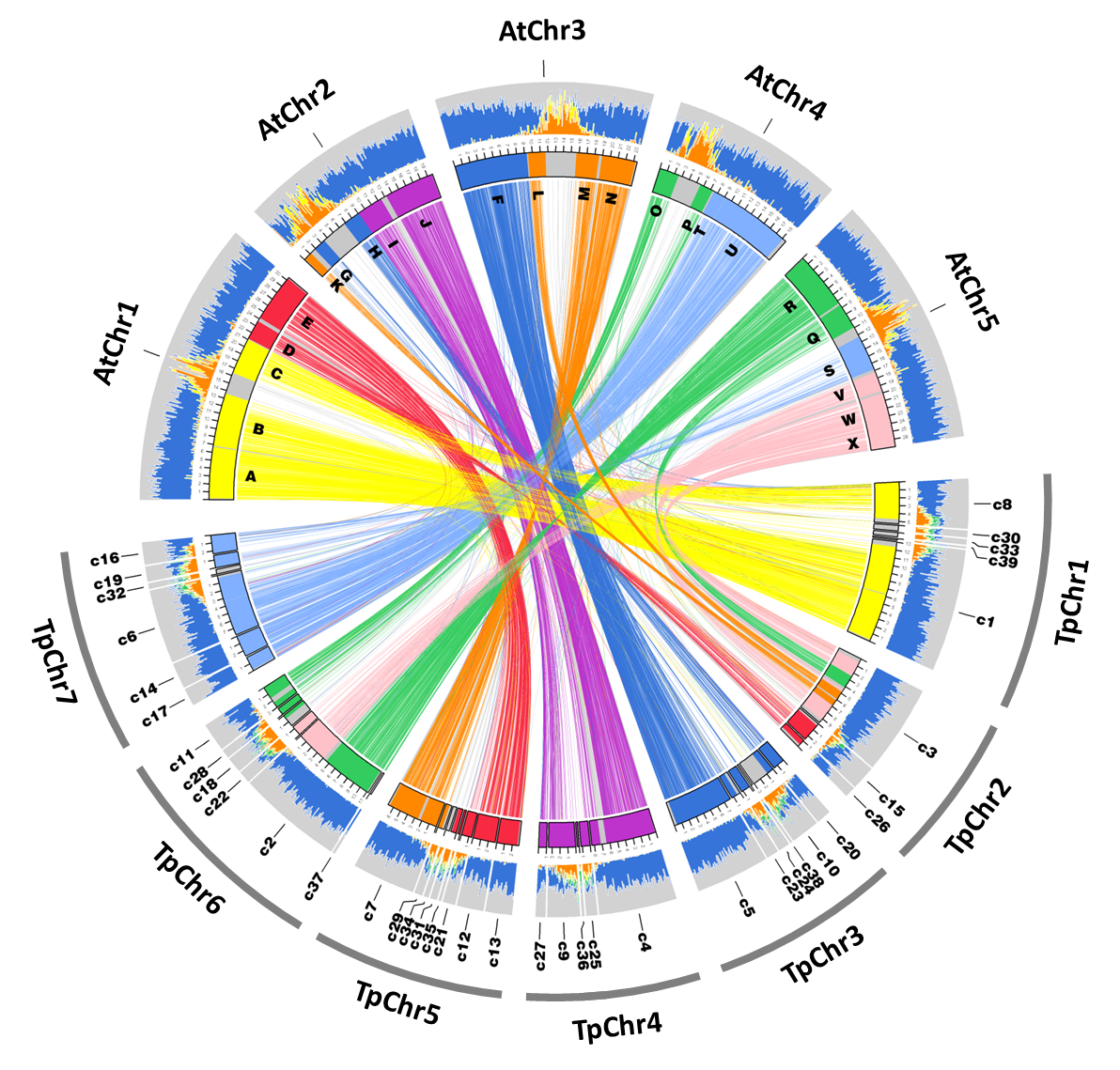
Dassanayake Lab
COMPARATIVE
FUNCTIONAL
& EVOLUTIONARY
GENOMICS
Growing plants on Mars: the development of sustainable crops for future human habitats

For more information about our ongoing research on exobiology, read the following conference papers:
Wanni Arachchige Don et al., 2024
Human habitation beyond earth has been a collective goal of humanity for decades. Human exploration missions to mars planned within the decade brings us closer to the next phase of planning for future habitable systems. Designing sustainable plant growth systems is imperative to sustainable human habitation on Mars and other planetary surfaces. Crop systems currently used today are designed to use the best agricultural soils on earth with a high demand for water. Therefore, our current crop systems will fall short in Martian soil analogs or hydroponic growth systems that may not have the best elemental profiles needed to successfully grow our current crop cultivars. Crop domestication and breeding typically takes a wild plant from a low resource environment and breeds for higher yield or quality of the product under high energy input systems, agriculturally feasible on earth. However, we have a different goal when designing new crops adapted to Martian soils enriched in salts at levels toxic to most plants. Extremophytes (extremophile plants) that thrive in extreme environments offer an underexplored genetic resource to mine for genes and genetic mechanisms that could make our crop plants acquire stress adapted traits faster than conventional breeding methods. Extremophytes reflect the evolutionary trajectory in their genomes that enabled growth in stressful environments. These were unavailable as genetic resources for crop improvement until recently. The new DNA sequencing platforms have revolutionized the rate of acquiring genetic information and enabled exploring naturally stress adapted species to ask: what are the naturally selected genes that bring about the significant changes in stress adaptation; are these genes shared with crop species; what are the differences in these genes between crops and stress adapted wild species; and how best we can adapt the functions of stress adapted genes into our crops to better prepare for future Martian habitats and beyond.
We have been using the extremophyte model, Schrenkiella parvula, in the family of mustard-cabbage family of plants to investigate novel genes and pathways naturally selected for harsh environments. S. parvula is native to the saline lakes in the western Irano-Turanian floristic region. It is naturally found near hypersaline lakes, in soils rich in Na+, Li+, K+, Mg++, together with sulfate, borate, and chloride salts at levels toxic to most plants. In addition, it tolerates high heat, cold, fluctuating diurnal and nocturnal temperatures, low water, low N and P soils, and high light/UV conditions extreme to most plants. It can withstand saline water similar to seawater strengths. S. parvula is the first extremophyte genome sequenced and continues to be among the top five best contiguously assembled land plant genomes available to date. S. parvula is closely related to the most studied model plant, Arabidopsis thaliana among all land plants, at a level where interpretation of basic gene functions established for A. thaliana can be used to identify genetic pathways differently regulated in S. parvula. A. thaliana also serves as a comparator species sensitive to environmental stresses in the comparative design of molecular genetic studies.